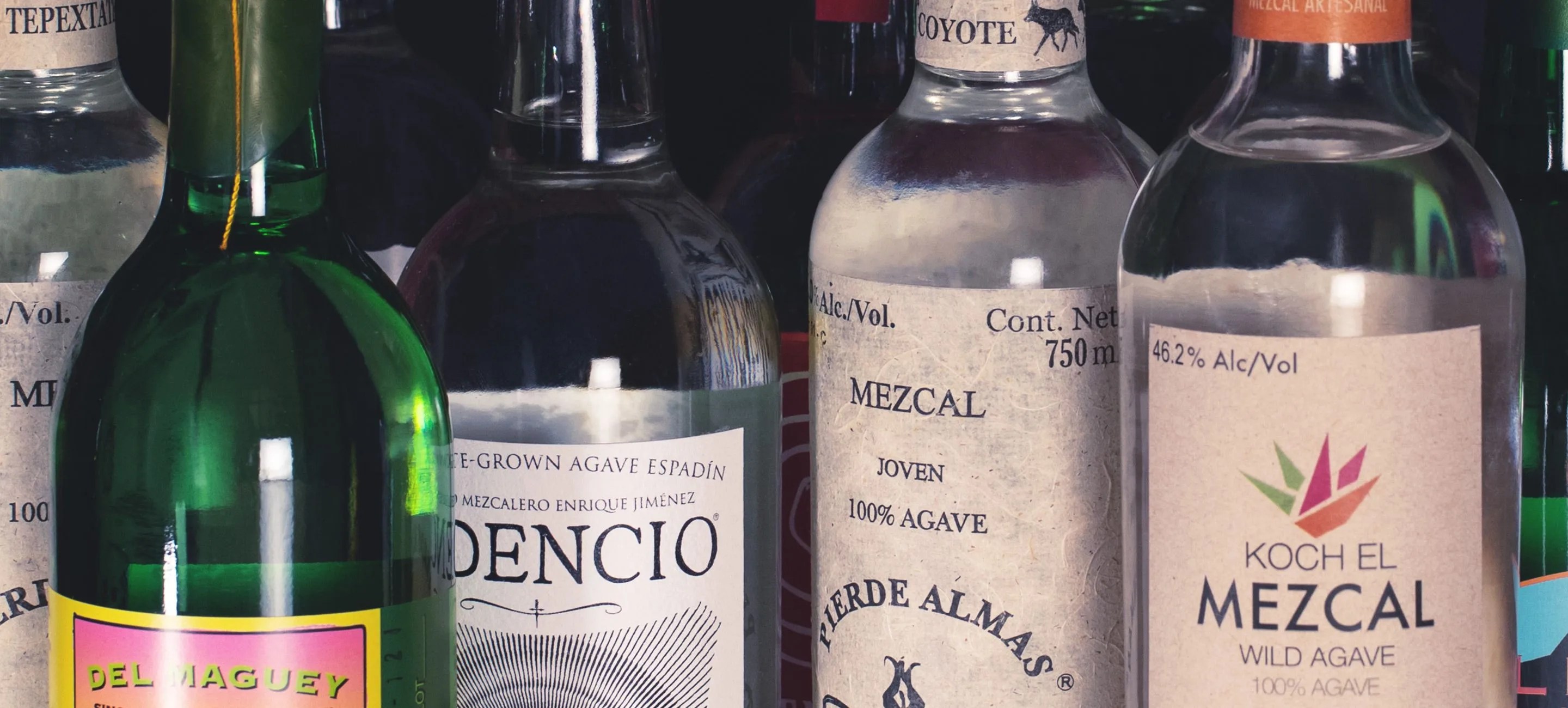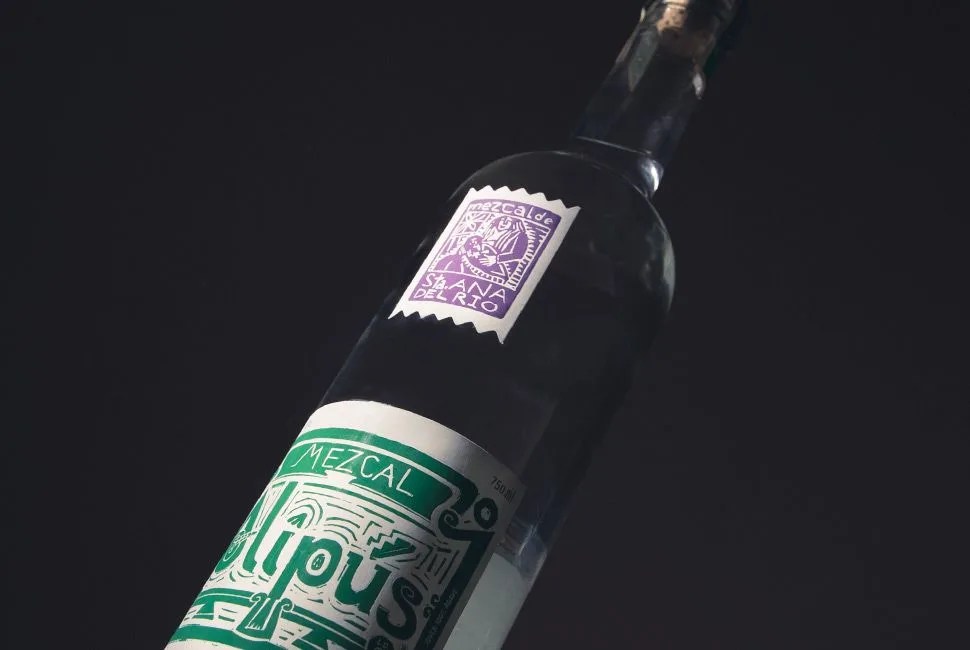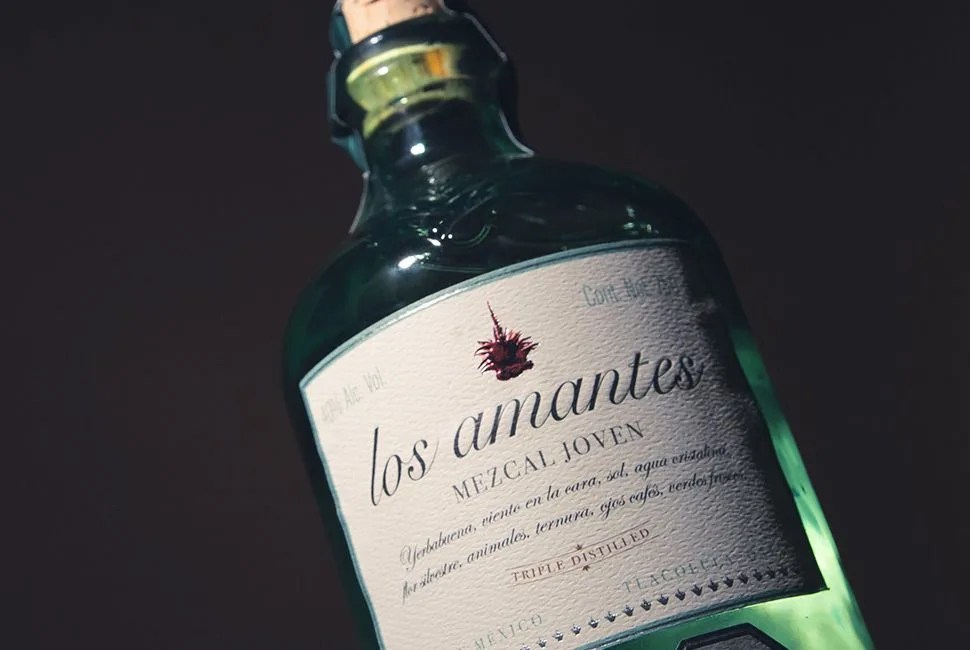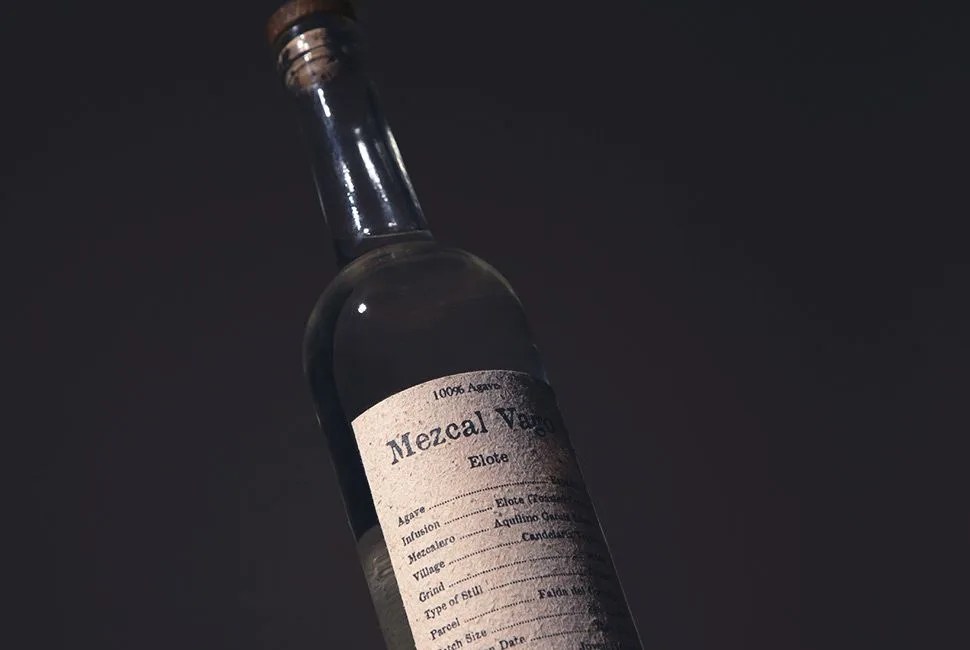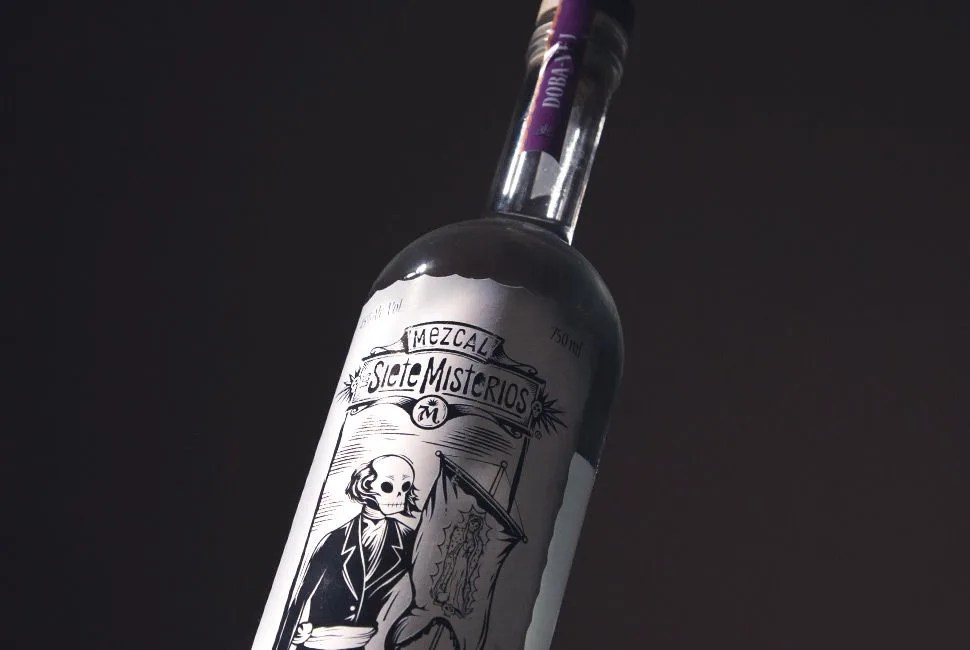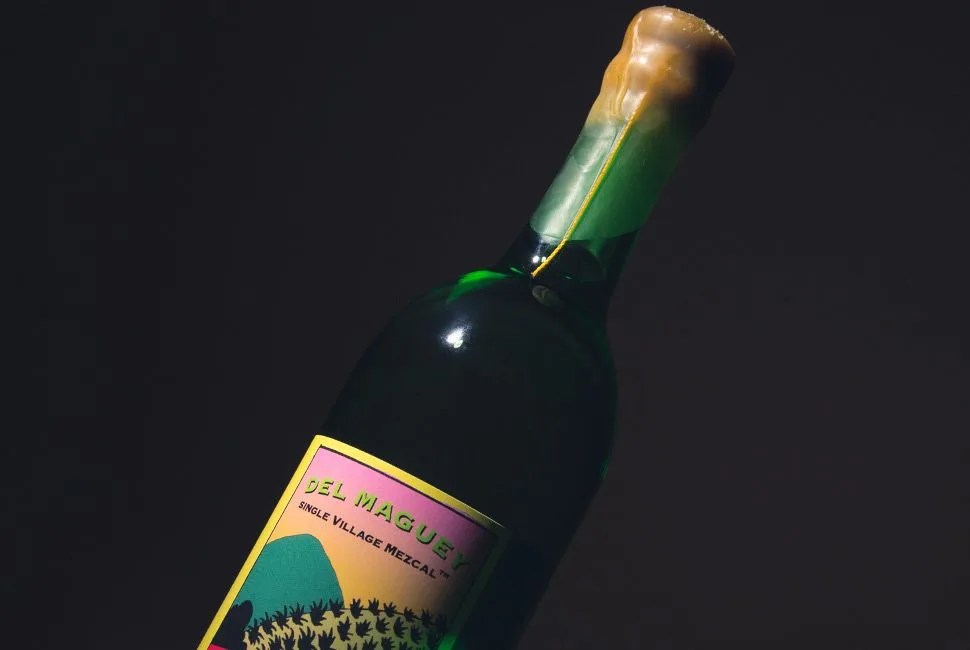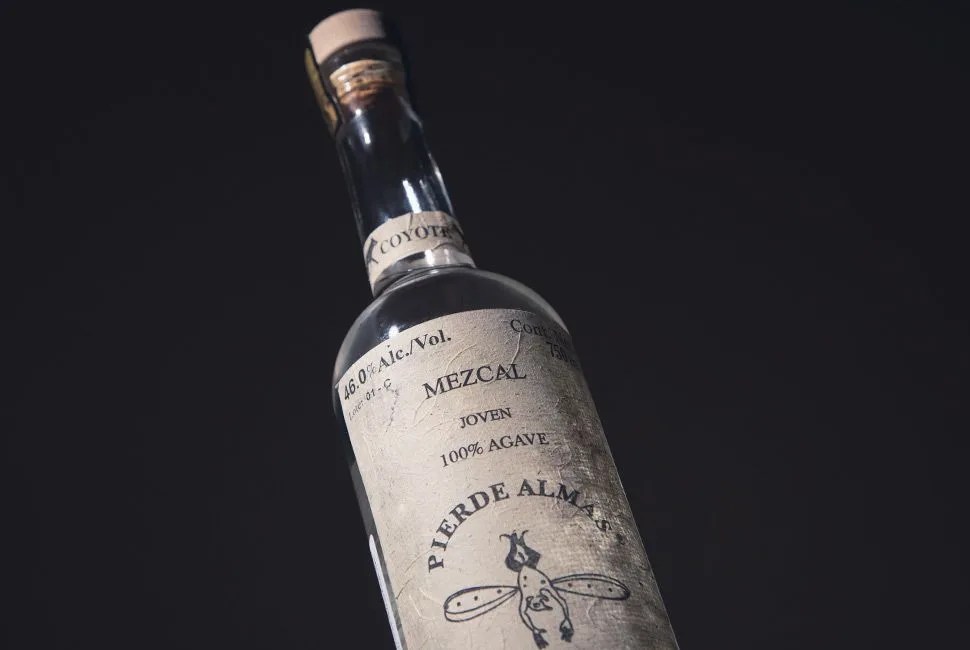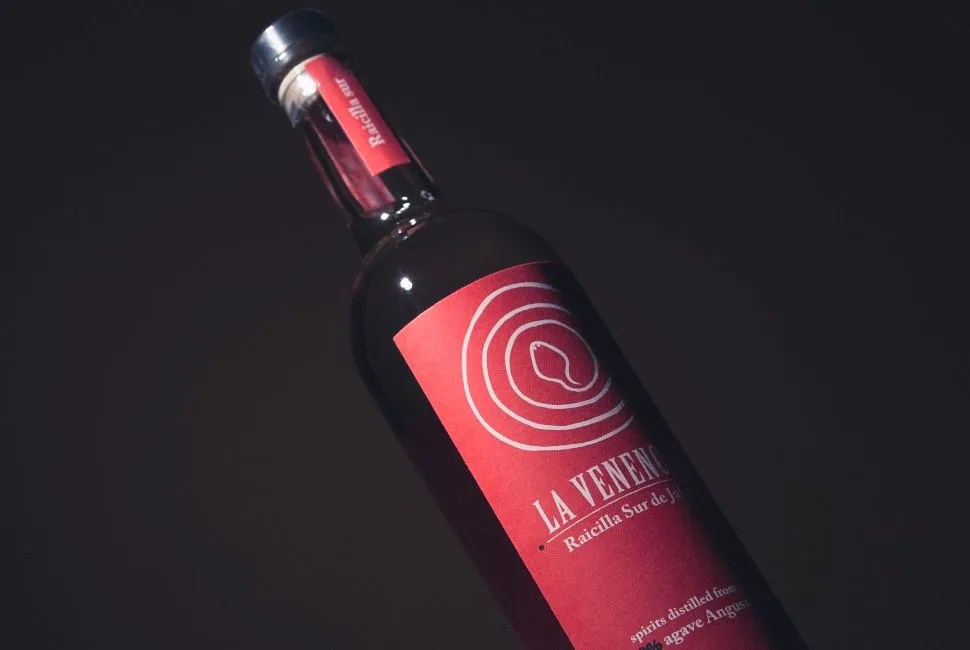Editor’s Note: For our second magazine, we traveled to the southwestern Mexican state of Oaxaca to visit artisanal mezcal producers. While there, we encountered centuries-old techniques and a changing social climate revolving around the traditional spirit. For an introduction to this distilled spirit, read our guide below, which features a range of both cultivated and wild agave mezcals.
From Issue Two of the Gear Patrol Magazine. Subscribe today for 15% off the GP Store.
“Mezcal is the most terroir-based spirit,” says Arik Torren, owner of mezcal producer Fidencio Mezcal. The spirit, made in one of seven Mexican states (Oaxacan mezcal is the biggest presence on US shelves), is small-batch distilled from fermented agave. Mezcal traditions and family recipes are often passed down through generations, which leads mezcal to reflect both the place it is grown and the hand of the maestro mezcalero who produces it. This creates a spirit with a wide variety of flavor profiles — some mezcals have subtle notes of smoke, perfect for the reflective, inward sipper; others have incredible, bombastic, sharp profile changes, with roasted vegetal flavors morphing into blasts of juicy fruit, ending with a strong minerality. The variety and the high level of quality in the best mezcals (many of which are just now becoming available in the US) make it one of the most exciting spirits to drink.
The governing body for mezcal, Consejo Regulador Mezcal (CRM), requires that the spirit meet certain guidelines to gain mezcal classification. It must only be made from certain agave plants, and though the CRM allows almost 30 types of these succulents to be distilled into mezcal, the most common plant harvested for the spirit is espadín. It should be noted that tequila, the most common agave spirit, is made only from Blue Agave. Mezcal can either be Type I (made from 100 percent agave) or Type II (made from at least 80 percent agave) and can be either joven (aged for less than 2 months), reposado (aged 2 months to 1 year in oak barrels) or añejo (aged from 1 year to 3 years in oak barrels). Though tequila connoisseurs lust after a great añejo, mezcal lovers are preferential to joven spirits because oak aging can overpower the unique terroir expression of a mezcal.
The list below features a wide variety of some of the best mezcals on the market, but it is in no way the definitive list. You will, however, find spirits for the introspective and spirits with deceptive twists and turns, and all uniquely reflect both the place and person behind the bottle.
100% Espadín Agave
One Agave, Plenty of Diversity
